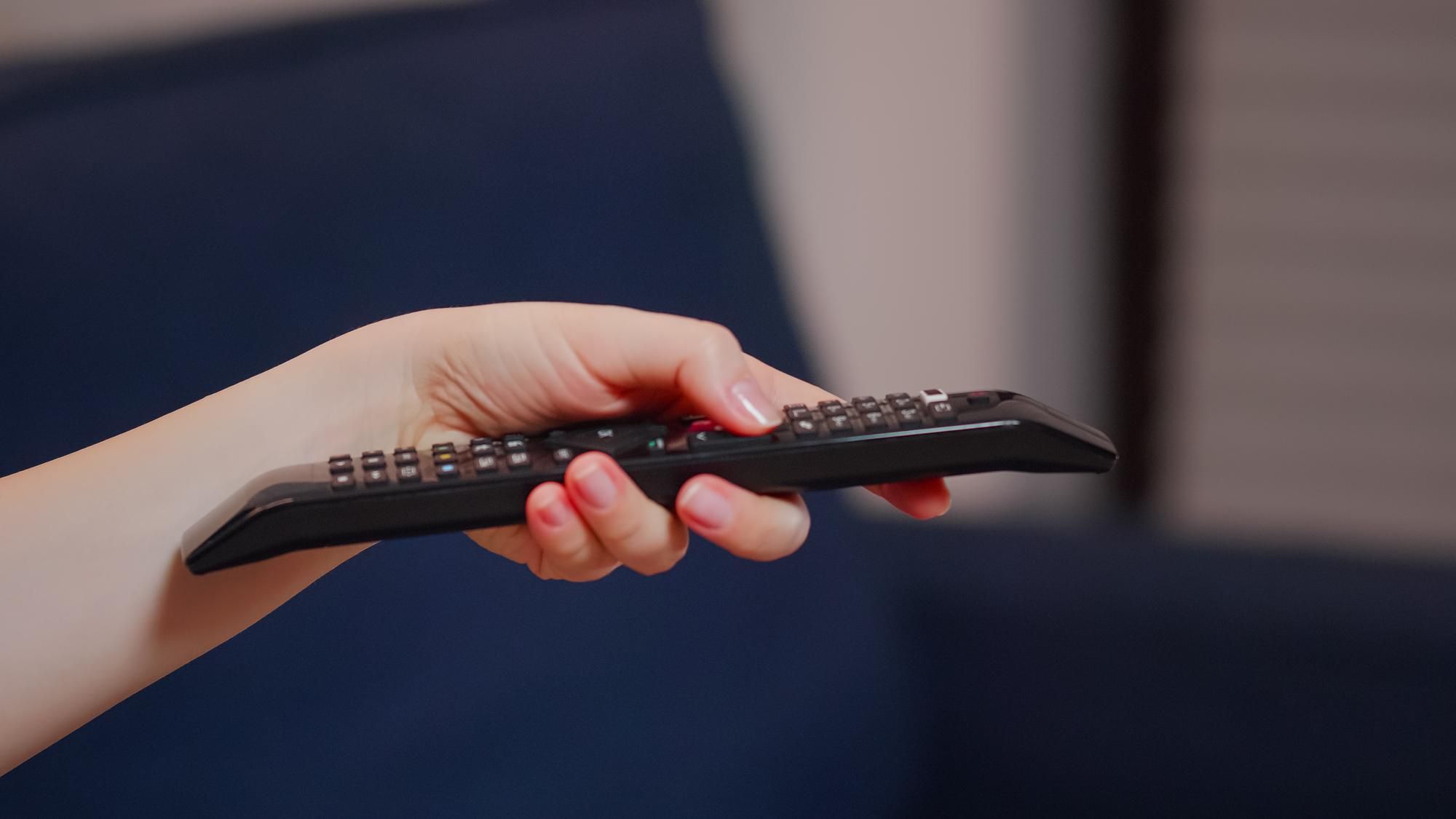The future of cable TV is uncertain, with many people questioning whether traditional cable is on its way out. In recent years, streaming services have gained significant popularity, with many people opting to cut the cord and switch to streaming. This has put pressure on traditional cable TV providers to adapt to the changing landscape, with many offering their own streaming services to compete with the likes of Netflix and Hulu.
One of the main reasons why people are turning away from traditional cable TV is cost. Cable TV packages can be expensive, with many people paying hundreds of dollars a month for a large bundle of channels that they don’t even watch. Streaming services, on the other hand, are much more affordable, with many offering monthly subscriptions for a fraction of the cost of cable TV. This has made streaming services an attractive option for those looking to save money.
Another reason why people are switching to streaming services is the convenience they offer. With streaming, you can watch your favorite shows and movies on demand, without having to wait for a specific time slot like with traditional cable TV. This has made streaming services popular among those with busy schedules who want to watch their favorite shows when it’s convenient for them.
In addition to cost and convenience, the quality of content available on streaming services has also played a significant role in the decline of traditional cable TV. Streaming services offer a wide variety of original content that is not available anywhere else. This has attracted a new generation of viewers who are looking for unique and engaging content that traditional cable TV just can’t offer.
As a result of these trends, traditional cable TV providers are facing increasing pressure to adapt to the changing landscape. Many are launching their own streaming services to compete with the likes of Netflix and Hulu. For example, Disney recently launched its own streaming service called Disney+, which has become very popular with families and children.
Another way that traditional cable TV providers are trying to stay relevant is by offering more flexible packages that allow customers to pick and choose the channels they want to pay for. This allows customers to create their own custom bundle of channels, which can help reduce costs and make traditional cable TV more appealing.
Despite these efforts, it’s clear that the future of cable TV is uncertain. Streaming services are continuing to gain popularity, and many experts predict that they will eventually overtake traditional cable TV as the dominant form of entertainment. However, it’s important to note that traditional cable TV is not going away anytime soon. There are still many people who prefer the convenience and familiarity of traditional cable TV, and there will likely always be a market for it.
In conclusion, the future of cable TV is in flux, with traditional cable providers facing increasing pressure to adapt to the changing landscape. Streaming services are continuing to gain popularity, with many people opting to cut the cord and switch to streaming. This is due to a variety of factors, including cost, convenience, and the quality of content available. Despite these trends, traditional cable TV is still popular among many people, and there will likely always be a market for it. Only time will tell which form of entertainment will ultimately win out in the end.








